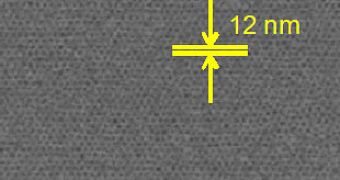One may have thoughts that hard disk drives were nearing the climax of their existence when the first 3 TB models came out, but those that think SSDs will soon replace them may be in for a surprise now that a certain milestone has been reached by a certain consortium.
When hard disk drives first came out, they had storage capacities that were so small by today's standards that many can look back and wonder just how far behind technology was at that point.
Now, there are not only 3.5-inch drives of 3 TB, but even 1.8-inch drives can pack many enough hundreds of gigabytes to make those distant ancestors look like gnats, despite how they were, technically, physically larger.
Still, with the rise of the solid state drive (SSD), and its many benefits (speed, endurance etc.), some market watchers have been speculating that the HDD would soon start to be replaced in the mainstream.
Such assumptions may turn out to have been made too soon, however, because it seems HDDs might be getting eight time more capacious soon enough.
The research behind this possibility is a new patterning technology for the magnetized bits that are laid on the platters.
Said bits are just 10nm in size and possible to set up thanks to a self-arranged phenomenon of polymer materials.
As some consumers may know, current platter standard density is of 500 gigabytes per square inch.
The new technology, on the other hand, raises that areal density to 3.9 terabytes per square inch, which is roughly 8 times more.
Basically, the near future may see the appearance of hard drives with up to a total of 24 TB, and this will massively boost storage possibilities in servers and data centers, not just the consumer market.
The consortium behind the research includes Japan's New Energy and Industrial Technology Development Organization (NEDO) and is led by Hitachi.

 14 DAY TRIAL //
14 DAY TRIAL //